Invented by Jean C. Sung, Michael M. Lipp, Pulmatrix Operating Co Inc
Monovalent metal cation dry powders for inhalation are formulated using various monovalent metal cations such as sodium, potassium, and lithium. These powders are typically delivered using inhalation devices, such as dry powder inhalers (DPIs), which allow patients to self-administer the medication easily and accurately.
One of the key advantages of monovalent metal cation dry powders is their high stability and long shelf life. Unlike liquid formulations, dry powders do not require preservatives or refrigeration, making them more convenient for storage and transportation. This stability also ensures that the medication retains its efficacy over time, providing consistent and reliable treatment for patients.
Another significant advantage of these dry powders is their improved drug delivery efficiency. The small particle size of the powders allows for deep penetration into the lungs, reaching the target site of action more effectively. This targeted delivery increases the drug’s bioavailability and reduces the risk of systemic side effects, making it a safer and more efficient option for patients.
Furthermore, monovalent metal cation dry powders offer enhanced patient convenience and adherence. The use of DPIs eliminates the need for propellants or coordination between inhalation and device activation, simplifying the administration process. This ease of use encourages patient compliance and reduces the likelihood of medication errors, ultimately leading to better treatment outcomes.
The market for monovalent metal cation dry powders is primarily driven by the increasing prevalence of respiratory diseases, such as asthma and chronic obstructive pulmonary disease (COPD). According to the World Health Organization (WHO), approximately 235 million people suffer from asthma globally, and COPD is projected to become the third leading cause of death by 2030. These alarming statistics highlight the urgent need for effective and convenient treatment options, further fueling the demand for monovalent metal cation dry powders.
In addition to respiratory diseases, the market for these dry powders is also expanding due to their potential applications in other therapeutic areas. Research is underway to explore their use in the treatment of lung cancer, cystic fibrosis, and other respiratory conditions. The versatility of monovalent metal cation dry powders makes them a promising option for future drug development and innovation.
However, challenges remain in the market for monovalent metal cation dry powders. The development and commercialization of these formulations require significant investment in research and development, as well as regulatory approvals. Additionally, the availability of generic alternatives and the presence of established inhalation therapies pose competition in the market.
In conclusion, the market for monovalent metal cation dry powders for inhalation is witnessing steady growth due to their numerous advantages over traditional inhalation therapies. These powders offer high stability, improved drug delivery efficiency, and enhanced patient convenience and adherence. With the increasing prevalence of respiratory diseases and ongoing research in other therapeutic areas, the demand for monovalent metal cation dry powders is expected to continue to rise. However, overcoming challenges related to development, commercialization, and competition will be crucial for the sustained growth of this market.
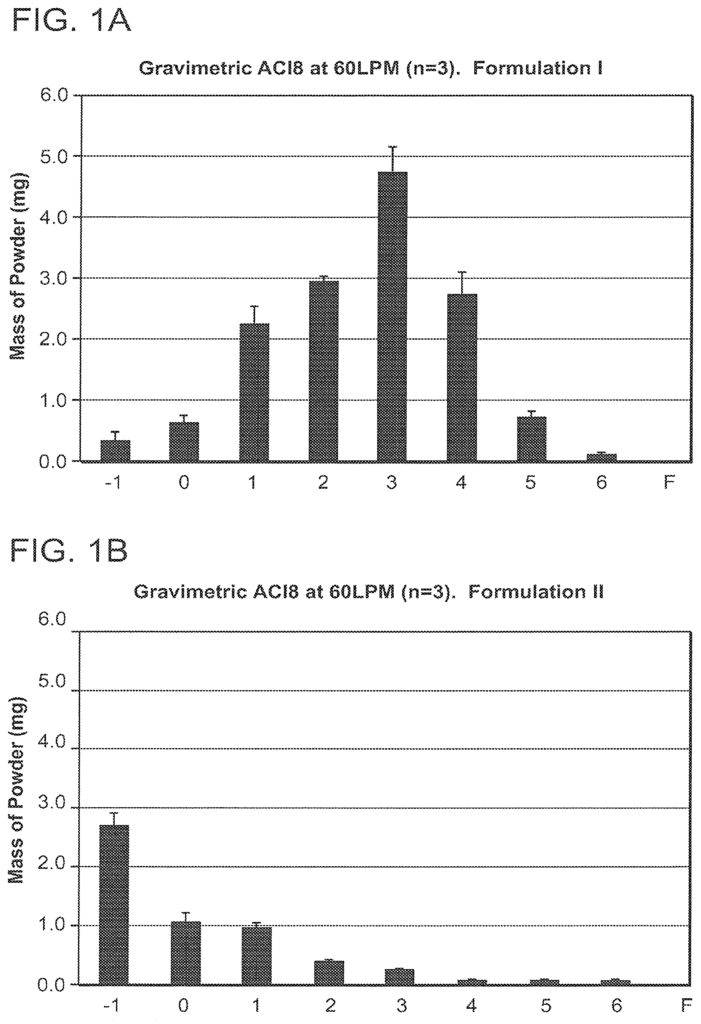
The Pulmatrix Operating Co Inc invention works as follows
The present invention is directed towards respirable dry particles and powders for systemic or respiratory delivery of pharmaceutically-active agents. The dry powders are dispersible and contain monovalent metal cations, such as Na+.
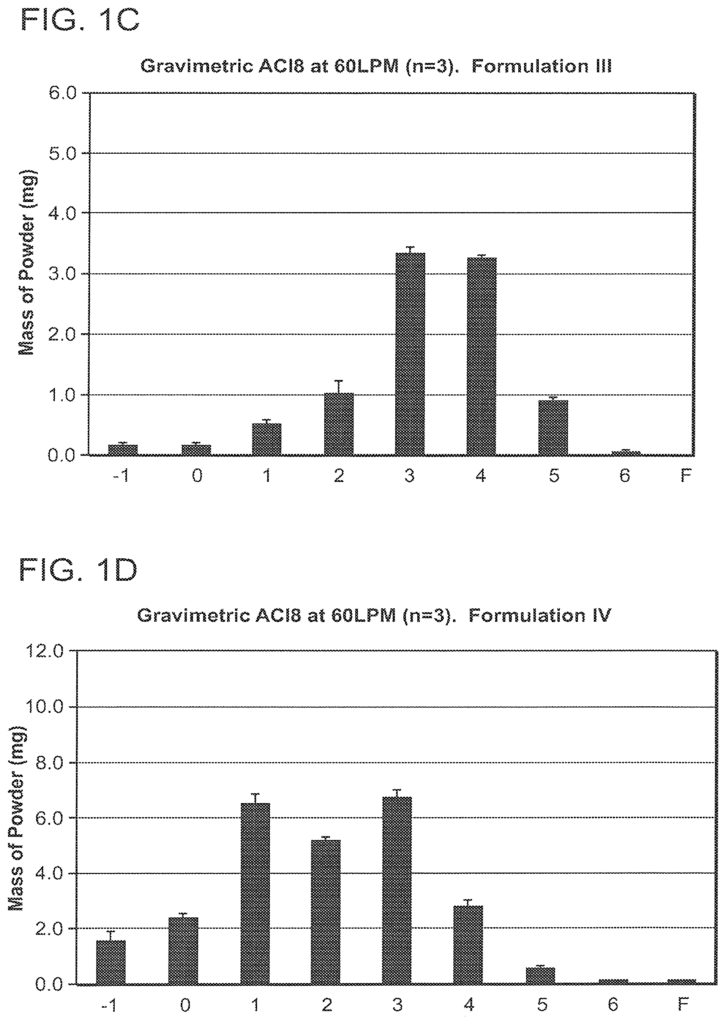
Background for Monovalent Metal Cation Dry Powders for Inhalation
Definitions
Dry Powders & Dry Particles
Methods of Preparing Dry Particles and Powders
EXEMPLIFICATION
Methods:
Example 1. “Example 1. Production and Characterization Monovalent Cation Dry powders
Example 2. “Example 2.
Example 3. “Example 3.
Example 4. “Example 4.
Example 5. “Example 5.
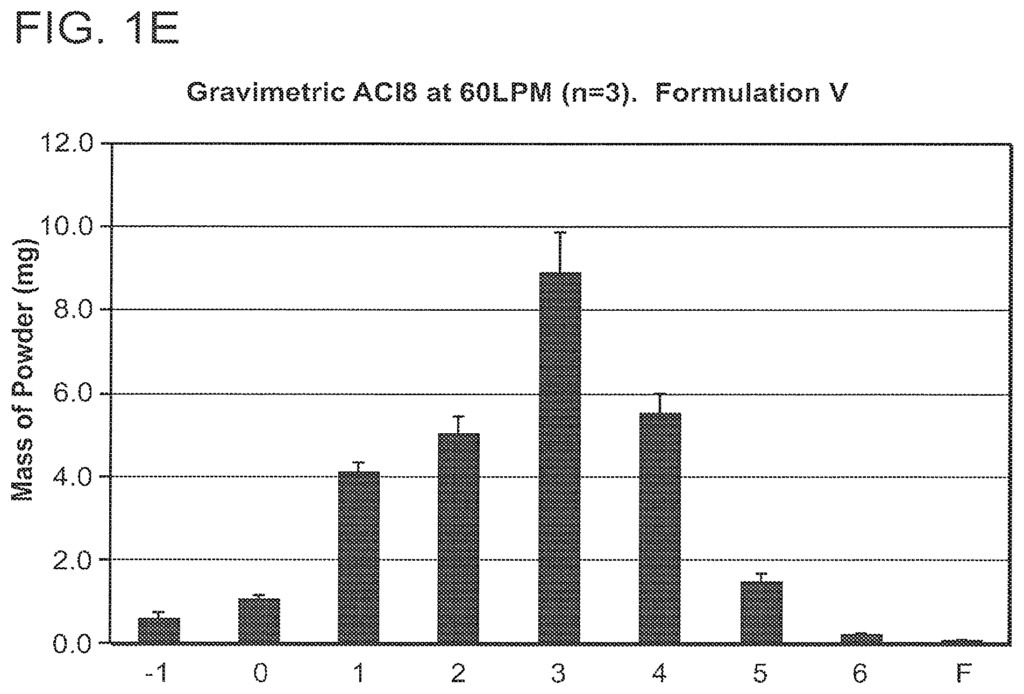
Example 6. “Efficacy Dry Powders on an Ovalbumin Mouse Model Allergic Asthma Model
Example 7. “Effect of dry powders on inflammation and airway hyperreactivity in a mouse model of allergic asthma using ovalbumin
Example 8. “Example 8.
Example 9. Effect of a Monovalent cation-based Dry Powder of Tiotropium (Formulation) on Airway Hyperreactivity In an Ovalbumin Mouse Model Of Allergic Asthma
Example 10. “Efficacy of Monovalent cation-based Dry Powders containing FP/SX on a Mouse House Dust mite Model of Allergic Asthma”.
Example 11. “Efficacy of Monovalent cation-Based Dry powders Containing SX/FP in a LPS Mouse Model for Acute Lung Injuries
Example 12. “Efficacy Of Monovalent Cation Based Dry Powder Containing Ciprofloxacin In A Mouse Model Of Bacterial Pneumonia”.
Example 13. “Efficacy of Monovalent-Cation-Based Dry powder Containing Levofloxacin on a Mouse Model of Bacterial Pneumonia”.
Example 14. “Efficacy Of Monovalent Cation Based Dry Powders Containing insulin In Reducing Blood Sugar Levels in A Mouse Model
Example 15. “Example 15.
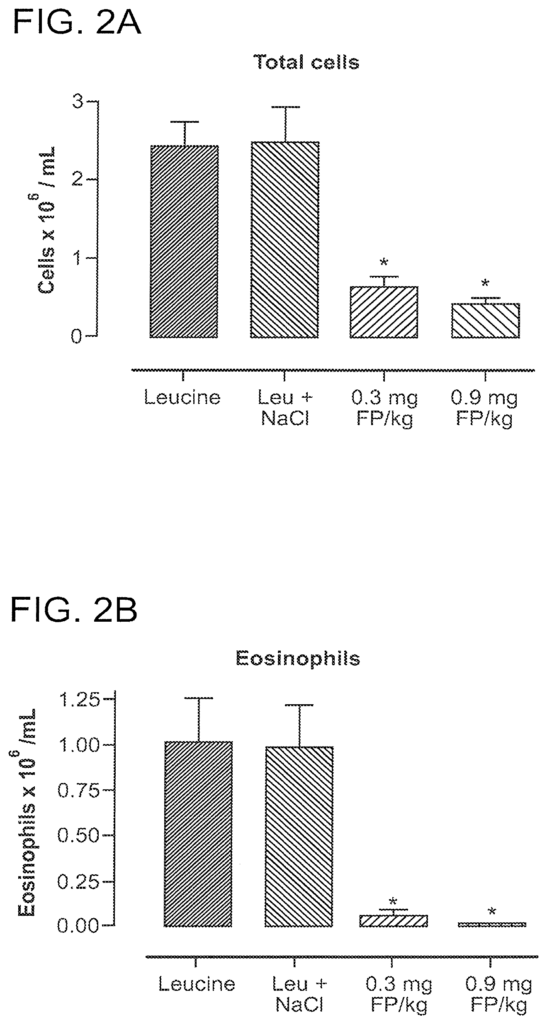
Example 16. “Optimization of a Dry Powder Sodium Based Formulation of Salmeterol Xinafoate and Fluticasone Propionate
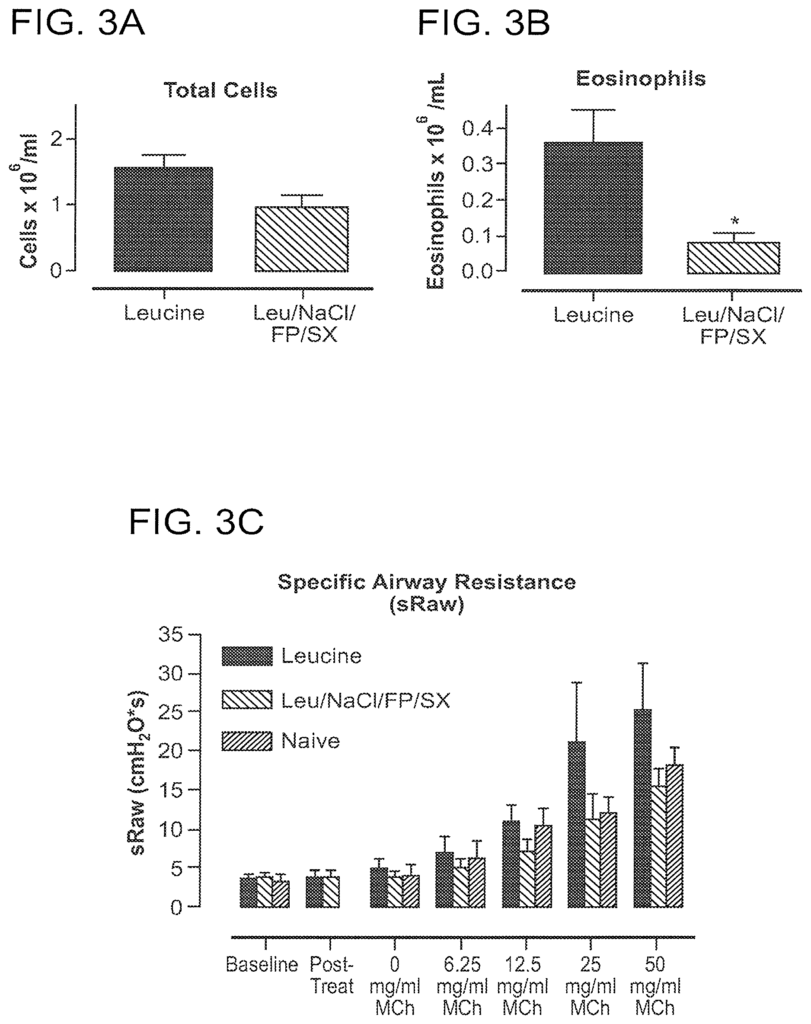
Click here to view the patent on Google Patents.
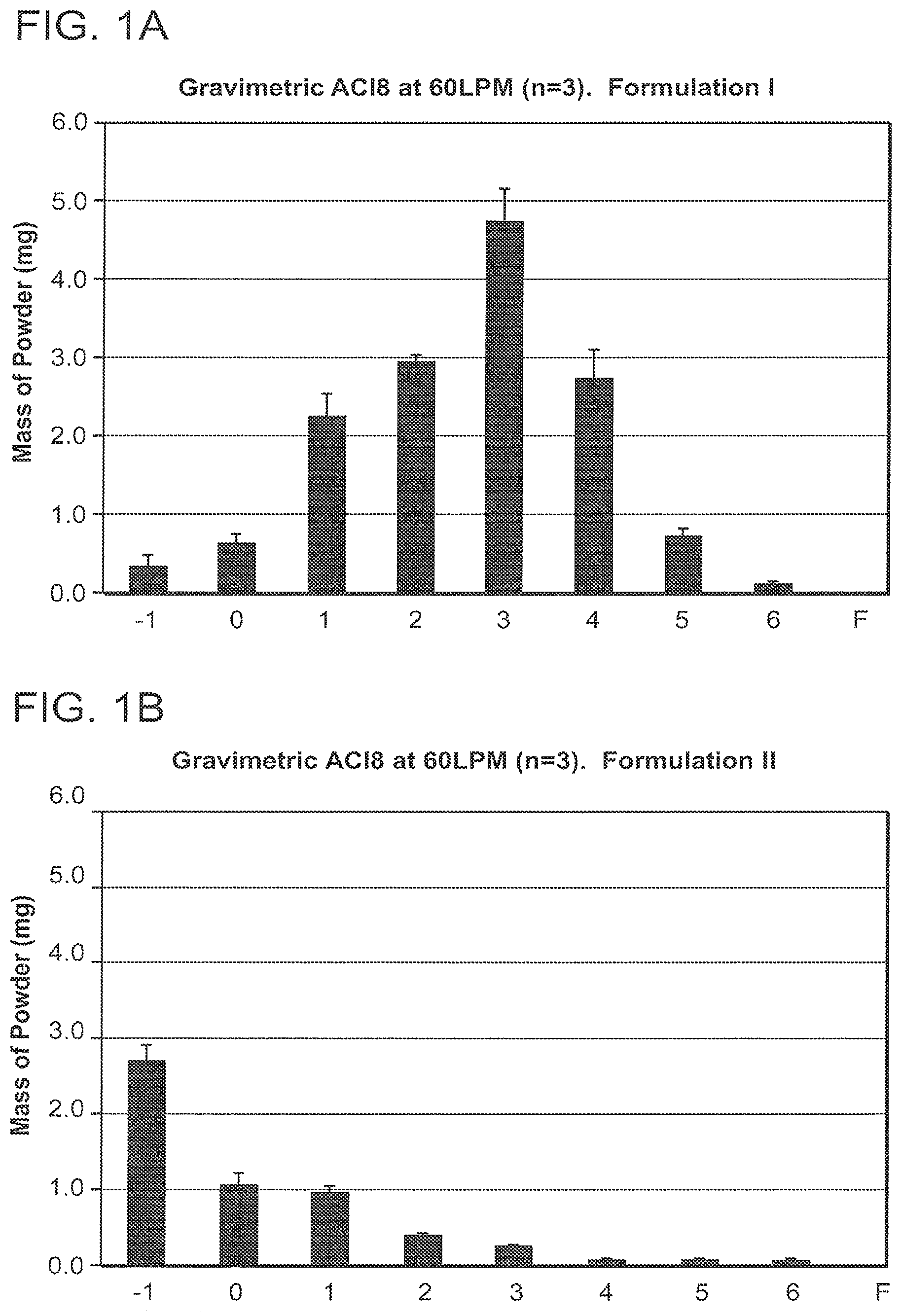
Leave a Reply